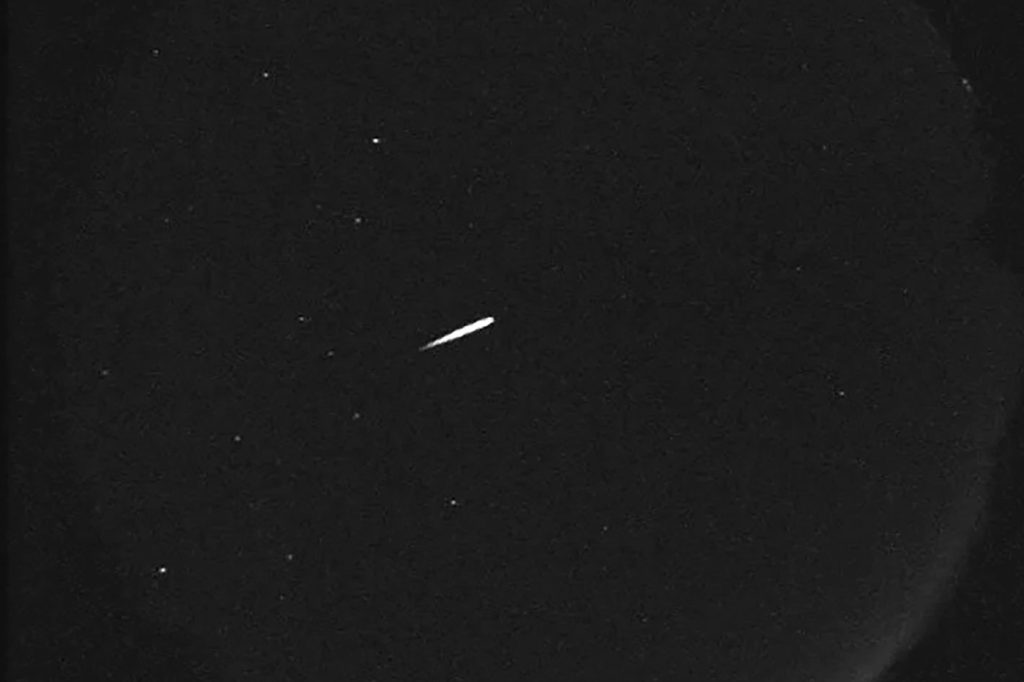The Orionids, one of the two major meteor showers originating from Halley’s Comet, are expected to peak with the arrival of a new moon, creating ideal conditions for viewing shooting stars without the interference of moonlight. This meteor shower, which can be observed until November 7, offers stargazers the chance to witness up to 20 meteors per hour under optimal circumstances. Thaddeus LaCoursiere, the planetarium program coordinator at the Bell Museum in St. Paul, Minnesota, highlighted the anticipated peak on Tuesday morning, expressing optimism about the display if weather conditions allow.
Halley’s Comet, known for its periodic appearances every 75 years, leaves trails of debris that contribute to two significant meteor showers annually—the Orionids being one of them. LaCoursiere noted that the Orionids sometimes produce trained meteors, characterized by bright, lingering streaks across the night sky.
Understanding meteor showers is key to enjoying their spectacle. A meteor shower occurs when Earth passes through debris shed by comets or asteroids during its orbit around the sun. In this case, the debris from Halley’s Comet enters the Earth’s atmosphere at high speeds. As these fragments encounter air resistance, they heat up significantly, resulting in a flash of light known as a “shooting star.”
What's notable is that observing meteor showers doesn't require any special equipment. To maximize your viewing experience, it is crucial to find a location away from artificial lighting. The ideal time for watching a meteor shower is typically after midnight and into the early pre-dawn hours, as this is when moonlight interference is minimal.
Moreover, the clarity of the night sky plays a significant role in meteor visibility; cloudless nights with a small waning moon offer the best chances for a captivating display. Stargazers are also advised to keep their gaze upward rather than downward, as looking at a phone can hinder their ability to adapt to the darkness necessary for spotting meteors.
Looking ahead, the next prominent meteor shower on the calendar is the Southern Taurids, which is anticipated to peak on November 5. However, this upcoming event coincides with a full moon, which could impact visibility.
The excitement surrounding meteor showers like the Orionids emphasizes the connection between celestial events and human observation. Each year, enthusiasts engage with the cosmos in a shared experience that bridges science and wonder.












